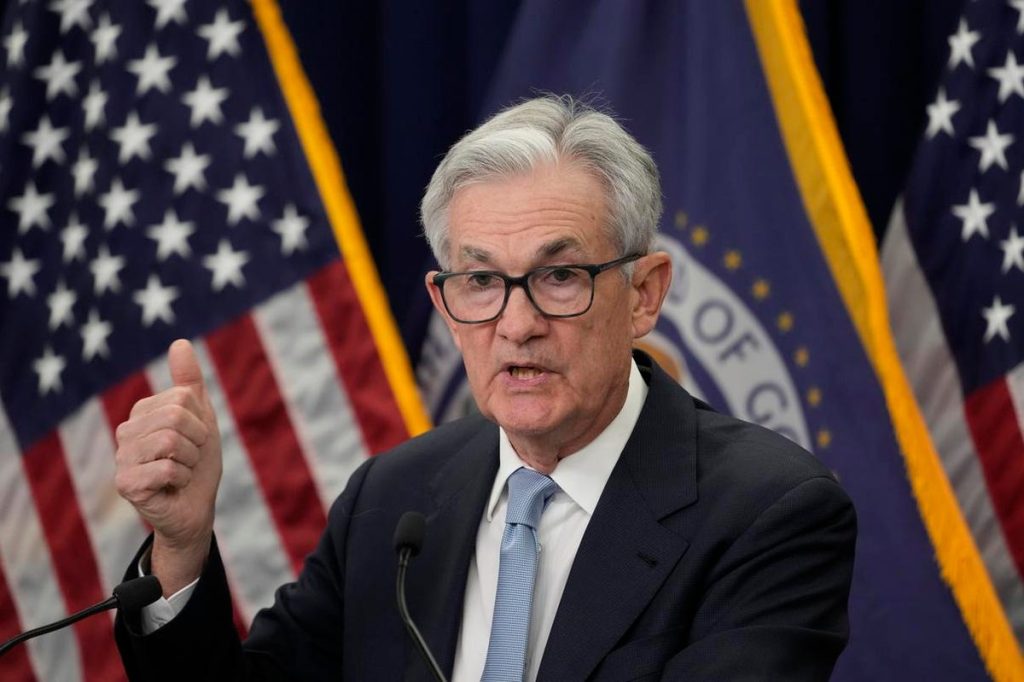The Federal Reserve will set interest rates six more times in 2023. The Fed’s own forecasts suggest one more high is likely, with more possible, and then holding rates at elevated levels for the rest of 2023. Fixed income markets disagree. Bond markets see some chance of another hike at the upcoming May meeting, but then view rate cuts as almost certain later this year. The disconnect reflects disagreement on the chances of a U.S. recession. Markets see a recession looming, the Fed is more optimistic.
Fed Meeting Timing
The Fed’s remaining interest rate decisions for 2023 are scheduled for May 3, June 14, July 26, September 20, November 1 and December 13. The Fed only schedules meetings to set rates eight times each year and so there are no rate decisions scheduled in April, August and October for 2023.
There is some alignment between the Fed and markets that a 0.25-percentage-point hike in May is probable. After that, forecasts diverge with the Fed seeing rates holding steady or moving slightly higher and the market expecting rate cuts perhaps as soon at the Fed’s July meeting.
Recession Risk
It’s likely that a recession would cause the Fed to cut rates. That’s because the Fed’s primary goals are full employment and low inflation. A recession would typically reduce employment and may help bring inflation down too. That may well prompt the Fed to consider rate cuts.
However, the Fed do not see a recession in their current economic assessment. That could change as more data comes in. There are early signals that the U.S. economy could be weakening, these assessments range from the inverted yield curve, which has historically called recessions quite accurately, to employment growth that may be slowing slightly. Other factors from a softening housing market, to debt ceiling risks and resumption of student loan repayments could also weigh on the U.S. economy in the coming months. Risks from the recent banking crisis could resurface too. However, so far, the Fed has analyzed incoming data and doesn’t see a recession. Part of the reason for that is a jobs market that has held up better than many expected, so far.
What To Look For
Both the Fed and markets can agree that we are close to the top of the interest rate cycle. Nonetheless, the Fed see rates remaining elevated for some time, and possibly rising a little further. Markets believe that we could be at peak rates very soon and rate cuts may be coming by this summer. It appears likely that the Fed will increase rates on May 3, but fairly soon after that markets expect that weakening economic data will cause the Fed to cut rates.
Ultimately economic data will determine the trajectory for rates and so it is reports on inflation and employment that will ultimately inform both the Fed and markets as 2023 progresses. If employment weakens then the assessment of fixed income markets may prove correct. However, if the economy remains robust and inflation stays high, then the Fed’s assessment on rates may win out.
Read the full article here



